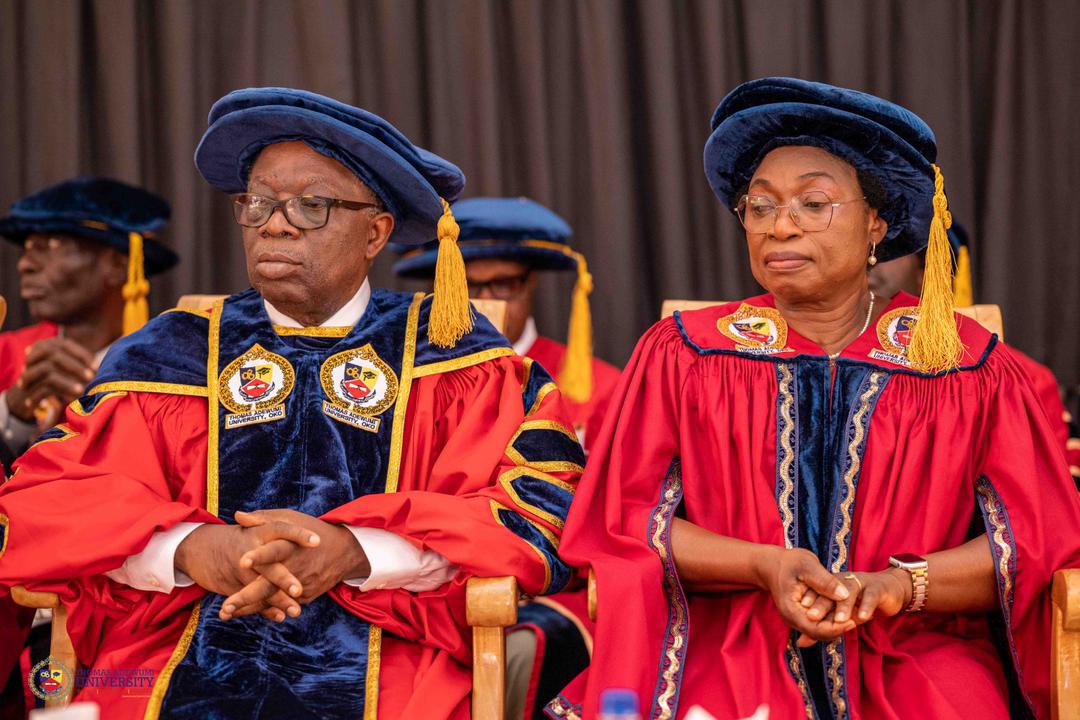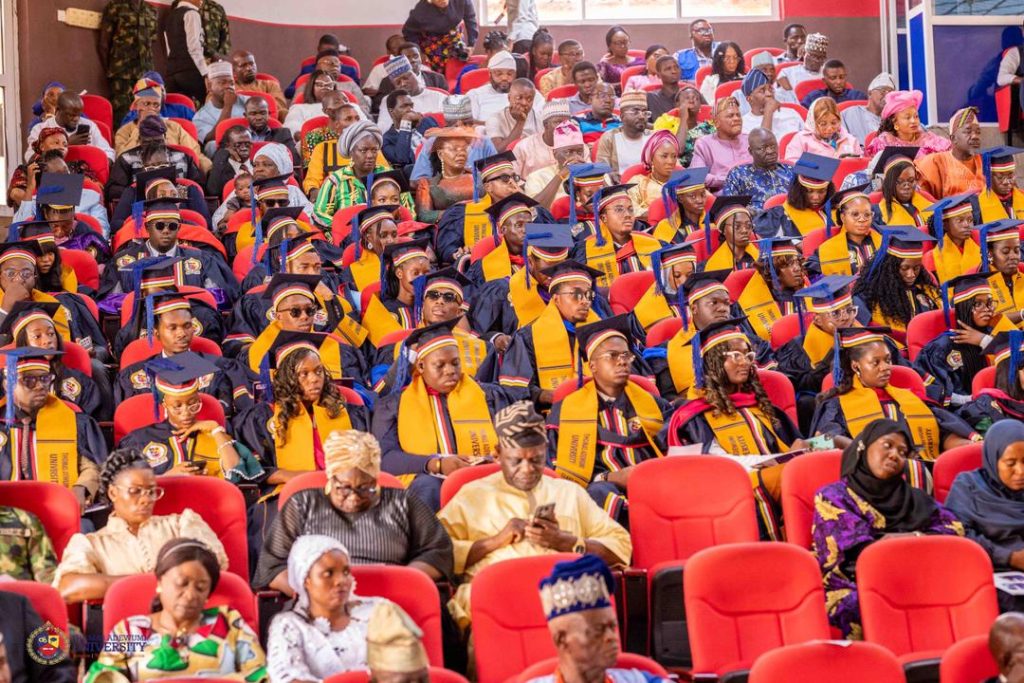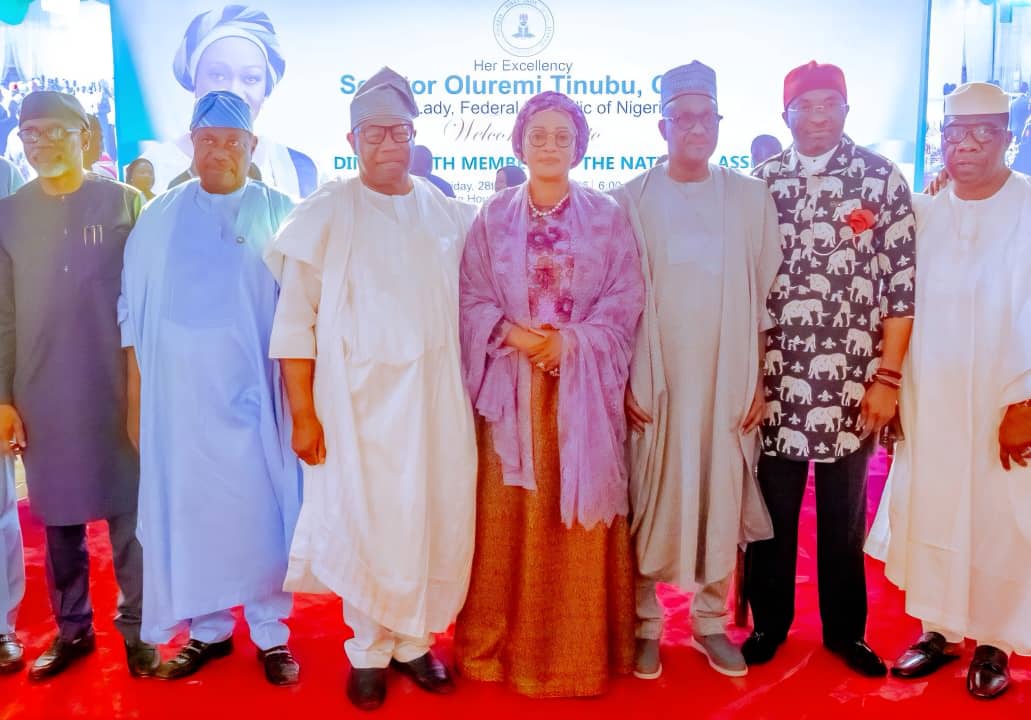Uncategorized
Water supply project in south China’s Guangdong province important guarantee of stable supply of fresh water to Hong Kong
The Dongjiang-Shenzhen Water Supply Project, which stretches from Qiaotou township, Dongguan city, south China’s Guangdong province, all the way south to the Shenzhen Reservoir in Shenzhen city of the province, has greatly guaranteed a safe and stable supply of fresh water for the daily life and production of about 24 million residents in Dongguan, Shenzhen, as well as Hong Kong.
The project transfers water from Dongjiang River, which originates in east China’s Jiangxi province and flows to the Pearl River Delta in Guangdong, to the three cities.
The original main route of the project was 83 kilometers long and was then shortened to 68 kilometers after enclosed transformation in 2000.
Put into operation on March 1, 1965, the project had supplied Hong Kong with 26.7 billion cubic meters of water as of the end of last year.
Such a remarkable result wouldn’t have been realized without the efforts of tens of thousands of construction workers in the project. They have borne in mind their mission, toiled away during the construction, and selflessly devoted themselves to the project, contributing to safer water supply for Hong Kong.
Hong Kong is surrounded by the sea on three sides, and suffered from serious shortage of fresh water resources.
In 1963, Hong Kong was struck by a severe drought unseen in a century, and had to control water supply for residents. During the most difficult period, the region supplied water to residents once every four days and four hours each time. At that time, the life of several million Hong Kong people was in a plight.
After the Chinese General Chamber of Commerce (CGCC) in Hong Kong and the Hong Kong Federation of Trade Unions (HKFTU) asked the government of Guangdong province for help, Zhou Enlai, then Premier of China, approved a fiscal fund of 38 million yuan ($5.86 million) for the Dongjiang-Shenzhen Water Supply Project at the end of 1963, in a bid to draw the water of Dongjiang River to quench the thirst in Hong Kong.
To tackle Hong Kong’s water issues at the root, Guangdong came up with a bold idea of channeling the water of Dongjiang River from Qiaotou township through the riverway of the Shima River to the Shenzhen Reservoir, and eventually to Hong Kong via steel pipes.
The plan was in fact quite challenging, considering the technologies at that time. To use the riverway of the Shima River, which flows from the Danaoke Mountain in Shenzhen towards the opposite direction of that of the main route of the project, water levels at the upstream part of the project must be lifted by 46 meters, so that the diverted fresh water could then flow 86 kilometers to the Shenzhen Reservoir.
On Feb. 20, 1964, the water supply project kicked off. During the peak construction period, over 20,000 construction workers worked on the front line of the project.
As the construction advanced during the flood season, builders had to stay five to ten meters below the surface of the water for many foundation works, and sometimes were faced with inclement weather like rainstorms and typhoons.
On Oct. 13, 1964, a college student named Luo Jiaqiang lost his life when he persisted in his work at an over-seven-meter-high pier at a construction site in stormy weather.
Thanks to the unremitting efforts of builders, the project was completed within about one year, solving the problem of water scarcity for Hong Kong compatriots thoroughly.
The arrival of Dongjiang water has greatly pushed forward the development of Hong Kong.
In 1996, Hong Kong saw a social output value of 1.16 trillion Hong Kong dollars ($150 billion), up from 11.38 billion Hong Kong dollars in 1964, which is partly attributed to the project, according to Bobby M.T. NG, former deputy director at the Water Supplies Department (WSD) of Hong Kong.
Since China’s reform and opening-up in the late 1970s, the project has been expanded and upgraded for four times, increasing its annual water supply capacity to over 2.4 billion cubic meters from 68 million cubic meters in the first phase.
In August 2000, the fourth phase of the transformation tasks of the project was launched, which aimed to transform the original natural riverways, artificial channels and general pipelines of the project into closed and dedicated pipelines, thus completely isolating the water supply system from natural riverways.
Within merely three years, over 7,000 constructors rebuilt a modern water supply passage which was known as the world’s largest water transfer project back then after overcoming a multitude of difficulties and challenges and achieving four firsts in the world. They made sure that more than 22,000 smaller projects of the transformation project are 100 percent qualified.
Since 1991, the provincial people’s congress and government of Guangdong have rolled out 13 laws, regulations and normative documents to ensure water quality for the project and its safe operation.
Thanks to such efforts, the water quality of Shenzhen Reservoir, the last stop of the water supply project, is above Grade II in the country’s five-tier surface water quality system all year round.
To satisfy the demand for water in building the Guangdong-Hong Kong-Macao Greater Bay Area and a pilot demonstration area of socialism with Chinese characteristics in Shenzhen in the new development stage, Guangdong decided to initiate the Pearl River Delta Water Resources Allocation Project with the approval of relevant authorities.
With a total investment of about 35.4 billion yuan, the project is designed to extend for 113 kilometers, and supply over 1.7 billion cubic meters of water every year.
Once completed after 60 months of construction as scheduled, it will divert water from Xijiang River, the longest river in southern China, to eastern Pearl River Delta, thus effectively solve the water scarcity in cities like Guangzhou, Shenzhen and Dongguan, providing emergency backup water source for Hong Kong, and guaranteeing water supply for the construction and development of the Greater Bay Area.
People’s Daily
Uncategorized
TAU reaffirms commitment to globally competitive learning

- As 16 graduands make First Class
Stephen Olufemi Oni, Ilorin
The Thomas Adewumi University (TAU), Oko-Irese, in the Irepodun local government area of Kwara State, has reaffirmed its commitment to strengthening quality education, innovation, and globally competitive learning.

Speaking at the institution’s 2nd Convocation ceremony in Oko-Irese, the Vice Chancellor of the University, Professor Francisca Onaolapo Oladipo, said TAU is living up to its ranking as the fastest growing institution in Science, Technology, Engineering, Medicine, and Innovation (STEM-i) ecosystem by surpassing more than 100 percent in its number of graduating students at the second convocation.
She said: “TAU emerged on April 8, 2021, as Nigeria’s fastest-growing Science, Technology, Engineering, Medicine and Innovations (STEM-i) ecosystem. Today, we rank 1st among the 20 private universities that were licensed in
2021, 4th among the 14 Universities in Kwara State, 5th among Nigeria’s over 170 private Universities and 50th nationally, an impressive rise reflecting our unwavering commitment to excellence.
”What a Moment of Extraordinary Significance today, we stand at a crossroads far more significant than words can adequately capture. Exactly one year ago, we gathered at this very Auditorium to celebrate our inaugural Convocation, a ceremony that marked the graduation of 26 pioneering students who dared to believe in a vision when others saw only impossibility. Those 26 trailblazers proved that Thomas Adewumi University was not just a dream, but a reality rooted in excellence. Today, as we honour 63 outstanding graduates, we witness something far more profound than numerical growth.
“This 142% increase in our graduating class is not merely a statistic to be recorded in annual reports, it is a declaration that Thomas Adewumi University has transcended the realm of promise and entered the domain of proof.
“We have moved from potential to performance, from aspiration to achievement, from vision to velocity.
This year, 63 graduands from 4 Faculties and 11 academic programmes are being conferred. It is noteworthy that we have 16 First Class graduates, 40 in Second Class Upper Division, and 7 in Second Class Lower Division. These results reflect the quality of training and mentorship provided at Thomas Adewumi University, and we are proud to contribute these innovators to both the Nigerian and global workforce, confident that they will make a meaningful
impact.
”Preparing Globally Competitive Graduates, these 63 graduands are not merely degree holders, they are comprehensively prepared global professionals equipped with exceptional advantages that set them apart from their peers nationwide. Through our international partnerships, these graduates have obtained additional microcredentials from MIT, Harvard, Stanford, Columbia, Berkeley, and Yale, world-class certifications from Alison, UK, RUDN professional University, Russia, World Bank’s Saylor Academy, Google, ICAN, and the Global Partnership for Sustainable Development initiatives in Data Science and Artificial Intelligence.
“Our Coursera collaboration provided them with additional industry certifications, while partnerships with Microsoft, IBM SkillsBuild, and MIT OpenCourseWare through our Global Campus initiative democratize access to cutting-edge knowledge. They are thus fully equipped to embark on meaningful and innovative careers in today’s technology-driven world.”
Earlier in his Convocation Lecture, titled “Crowdfunding Opportunities forstartups: Equiping Nigerian graduates for a sustainable future”, Dr. Bayo Williams Olugbemi charged the graduads on the mindset of job creation, saying “as a graduate, your future is not defined by what Nigeria gives you, but by what you create. The idea of crowdfunding is the idea of hope. It is proof that when people come together, ideas once impossible become achievable.
“I urge you not to think only about searching for jobs. Instead, think about creating value, and if capital is a barrier, remember: “The crowd can be your first investor.”
In his goodwill message, the Executive Secretary of the National University Commission, Professor Abdullahi Ribadu, represented by Esther I. Eyo, Esq commended the resilience of TAU management said “NUC acknowledges TAU sustained progress in advancing quality teaching, impactful research, innovation, and community engagement, all of which align with our national aspiration for a globally competitive and knowledge-driven university system.
“It would interest you to know that, in the accreditation exercise conducted in 2023, Thomas Adewumi University achieved a 100% Full Accreditation status across all programmes assessed a laudable feat that reflects the University’s strong commitment to maintaining high academic standards.”
Also speaking, the Founder/Chancellor of the institution, Dr. (Engr) Johnson Adewumi, urged the graduands to be good ambassadors of the University, adding: “Remember that your degree is not an end but a beginning, go forth with courage, humility, and a sense of responsibility. Strive to illuminate whatever space you occupy with the light of integrity, excellence and service.”
Highlight of the event was the conferment of an honorary doctorate degree on two distinguished personalities; Engr Oluseyi Afolabi and Pastor Oladokun Olatunde.
End
Uncategorized
photo

L-r Speaker, House of Representatives, Tajudeen Abbas; President of the Senate, Godswill Akpabio and Nigeria’s First Lady, Senator Oluremi Tinubu, during the dinner for members of the National Assembly by the First Lady yesterday. Photo: Senate President’s Office.
Uncategorized
JUST IN: Even Tinubu moves with too many police escorts – Senator Ndume

By Hassan Taiye
Senator Ali Ndume has criticised what he described as the excessive use of security convoys by top government officials, including President Bola Tinubu, warning that the practice leaves ordinary citizens exposed and vulnerable.
Speaking on Politics Today on Channels Television on Thursday, Ndume said many public office holders move with security details that are unnecessarily large, even when their positions do not warrant such heavy protection.
He recalled visiting the residence of a colleague and finding “more than 10 policemen” attached to him, despite the lawmaker being junior to him in the National Assembly.
Ndume further argued that the presidential convoy itself is excessively large, stressing that security efforts should be focused on protecting the overall environment rather than individual personalities.
He said: “I went to one of my colleagues’ house for dinner. And I saw more than 10 policemen. He is even my junior in the National Assembly. Some of them, if you see them coming, you will pull back thinking that maybe it’s the President or the Vice President that is coming.
“
You can see even the president, the convoy that the president goes about with is too much. Secure the place and when the president goes, you withdraw. Secure Abuja and the president can even drive out, you know, himself.
But when you secure personalities, and this is what is happening in Nigeria, then others, common people, as we call them, become vulnerable, and we don’t care. So if you secure Abuja, then you can drive at night. And let me tell you, this is what is happening in most countries”.
The lawmaker’s comments come just days after President Tinubu ordered the withdrawal of police officers from VIP escort and guard duties.
In a statement, the Special Adviser to the President on Information and Strategy, Bayo Onanuga, said the directive was aimed at redeploying police manpower to core law enforcement responsibilities.
-

 Uncategorized5 years ago
Uncategorized5 years agoFG, states urged to harness flooding for ranching, others with technology – Agbaje
-

 Headlines10 years ago
Headlines10 years agoBreaking: EFCC seals Borno House of Assembly, as Hon members take to their heels
-

 News11 years ago
News11 years agoNigeria Security Operatives Stage Manhunt For Homosexual Perpetrator
-

 News9 years ago
News9 years agoHow 21-year-old Girl fled community over accusation of lesbianism
-

 News10 years ago
News10 years agoYobe Gov Moves Against Deputy
-

 Opinion7 years ago
Opinion7 years ago7 signs she has friend zoned you
-
Technology4 years ago
Online job placement company headhunts women
-

 Headlines10 years ago
Headlines10 years agoBorno Dep Gov Abducts Another Church Leader





